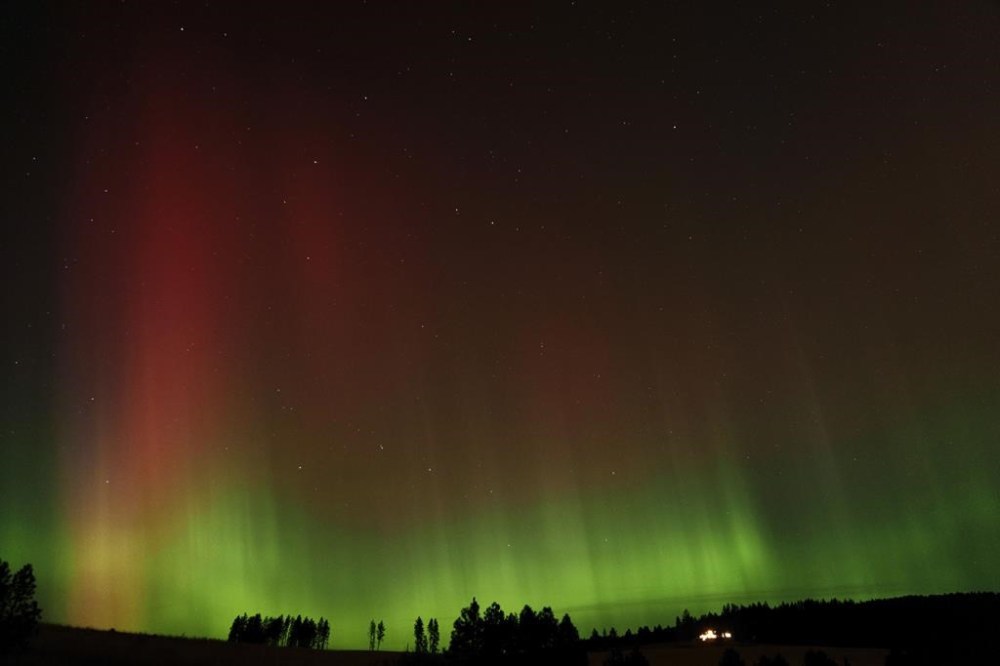Missed out on the northern lights? Scientists expect more solar storms to produce auroras
Advertisement
Read this article for free:
or
Already have an account? Log in here »
To continue reading, please subscribe:
Monthly Digital Subscription
$0 for the first 4 weeks*
- Enjoy unlimited reading on winnipegfreepress.com
- Read the E-Edition, our digital replica newspaper
- Access News Break, our award-winning app
- Play interactive puzzles
*No charge for 4 weeks then price increases to the regular rate of $19.00 plus GST every four weeks. Offer available to new and qualified returning subscribers only. Cancel any time.
Monthly Digital Subscription
$4.75/week*
- Enjoy unlimited reading on winnipegfreepress.com
- Read the E-Edition, our digital replica newspaper
- Access News Break, our award-winning app
- Play interactive puzzles
*Billed as $19 plus GST every four weeks. Cancel any time.
To continue reading, please subscribe:
Add Free Press access to your Brandon Sun subscription for only an additional
$1 for the first 4 weeks*
*Your next subscription payment will increase by $1.00 and you will be charged $16.99 plus GST for four weeks. After four weeks, your payment will increase to $23.99 plus GST every four weeks.
Read unlimited articles for free today:
or
Already have an account? Log in here »
Hey there, time traveller!
This article was published 15/10/2024 (416 days ago), so information in it may no longer be current.
NEW YORK (AP) — Expect to see more northern lights in unusual places as the sun continues to sizzle, space weather forecasters said Tuesday.
Strong solar storms this year have triggered shimmering auroras much farther south than usual, filling skies with hues of pink, purple, green and blue.
The sun is currently at the maximum phase of its 11-year cycle, making solar surges and northern lights more frequent. This active period was expected to last for at least another year, though when solar activity will peak won’t be known until months after the fact, according to NASA and the U.S. National Oceanic and Atmospheric Administration.

This solar cycle has yielded more colorful auroras farther south and more are likely, said NASA’s Kelly Korreck.
“We still could possibly get some good shows in the next few months,” she said.
Such storms can also temporarily disrupt power and communications. Ahead of a solar outburst, NOAA would alert operators of power plants and spacecraft in orbit.
In May, NOAA issued a rare severe geomagnetic storm warning. The storm that slammed Earth was the strongest in more than two decades, producing light displays across the Northern Hemisphere. That same month, scientists recorded the biggest flare erupting from the sun, but Earth was out of the way.
Previous solar cycles have produced storms more intense than May’s so space forecasters are keeping a close eye on the sun to prepare for any major disruptions, said NOAA’s Bill Murtagh.
Last week, a powerful solar storm dazzled skygazers far from the Arctic Circle when auroras appeared in unexpected places including Germany, the United Kingdom, New England and New York City.
___
The Associated Press Health and Science Department receives support from the Howard Hughes Medical Institute’s Science and Educational Media Group. The AP is solely responsible for all content.

